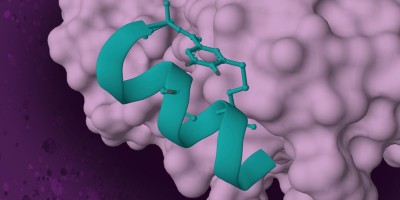A decade ago, Zaworotko and co-workers engaged the principles of crystal engineering to demonstrate that narrow-pore (<0.7 nm) coordination networks are ideal sorbent platforms for small-molecule sorbates. This approach transformed sorbent design for such separations and has provided several performance benchmarks in trace gas capture-enabled purifications.

References
ICCA. Chemical industry contributes $5.7 trillion to global GDP and supports 120 million jobs, new report shows. The International Council of Chemical Associations. https://icca-chem.org/news/chemical-industry-contributes-5-7-trillion-to-global-gdp-and-supports-120-million-jobs-new-report-shows/ (2019).
Kitagawa, S. Porous materials and the age of gas. Angew. Chem. Int. Ed. 54, 10686–10687 (2015).
Kitagawa, S., Kitaura, R. & Noro, S.-I. Functional porous coordination polymers. Angew. Chem. Int. Ed. 43, 2334–2375 (2004).
Hoskins, B. F. & Robson, R. Design and construction of a new class of scaffolding-like materials comprising infinite polymeric frameworks of 3D-linked molecular rods. A reappraisal of the zinc cyanide and cadmium cyanide structures and the synthesis and structure of the diamond-related frameworks [N(CH3)4][CuIZnII(CN)4] and CuI[4,4’,4”,4”‘-tetracyanotetraphenylmethane]BF4.xC6H5NO2. J. Am. Chem. Soc. 112, 1546–1554 (1990).
Yaghi, O. M. et al. Reticular synthesis and the design of new materials. Nature 423, 705–714 (2003).
Nugent, P. et al. Porous materials with optimal adsorption thermodynamics and kinetics for CO2 separation. Nature 495, 80–84 (2013).
Cavenati, S., Grande, C. A. & Rodrigues, A. E. Adsorption equilibrium of methane, carbon dioxide, and nitrogen on zeolite 13X at high pressures. J. Chem. Eng. Data 49, 1095–1101 (2004).
Britt, D., Tranchemontagne, D. & Yaghi, O. M. Metal-organic frameworks with high capacity and selectivity for harmful gases. Proc. Natl Acad. Sci. USA 105, 11623–11627 (2008).
Mukherjee, S., Sensharma, D., Chen, K.-J. & Zaworotko, M. J. Crystal engineering of porous coordination networks to enable separation of C2 hydrocarbons. Chem. Commun. 56, 10419–10441 (2020).
Lin, J.-B. et al. A scalable metal-organic framework as a durable physisorbent for carbon dioxide capture. Science 374, 1464–1469 (2021).
Author information
Authors and Affiliations
Corresponding author
Ethics declarations
Competing interests
The authors declare no competing interests.
Rights and permissions
About this article
Cite this article
Mukherjee, S., Champness, N.R. Tiny pores turning the tide. Nat Rev Chem 8, 6–7 (2024). https://doi.org/10.1038/s41570-023-00568-w
Published:
Issue Date:
DOI: https://doi.org/10.1038/s41570-023-00568-w
- Springer Nature Limited


